Vaidyanath Jyotirlinga temple history, Significance, location, nearest place
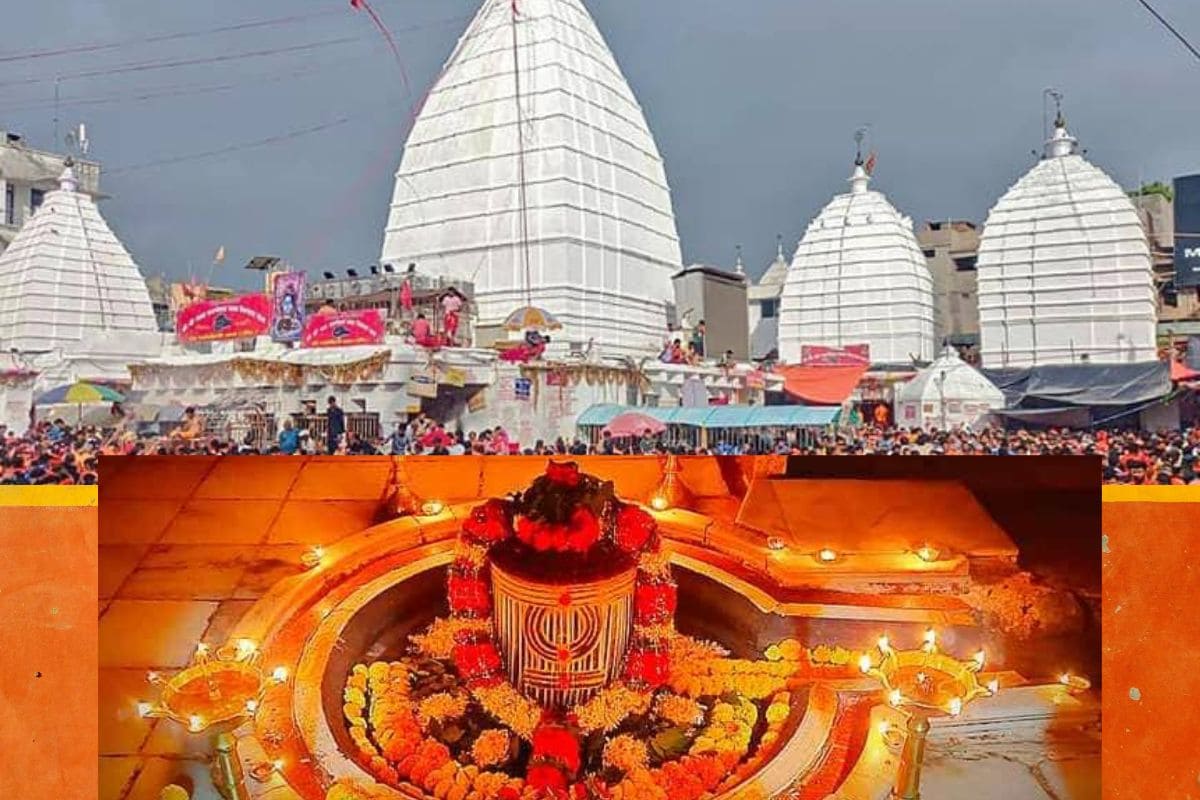
VAIDYANATH JYOTIRLINGA – HEALING FORM OF LORD SHIVA IN DEOGHAR
‘Vaidyanath’ means “The Lord who acts as a physician” (Vaidya = Doctor, Nath = Lord). The Vaidyanath Jyotirlinga, located in Deoghar, Jharkhand, is one of the most sacred abodes of Lord Shiva, known for his healing powers. This Jyotirlinga is deeply associated with devotion, penance, and the path to salvation. It is believed that worshipping Lord Vaidyanath removes all miseries, diseases, and negative karmas.
Also known as Baidyanath Dham, this temple is not just a pilgrimage site but also one of the 51 Shakti Peethas, where the heart of Goddess Sati is believed to have fallen. This dual spiritual significance – as both a Jyotirlinga and a Shakti Peetha – makes it one of the most revered temples in India.
According to legend, Ravana, the king of Lanka and a great devotee of Lord Shiva, tried to carry this Jyotirlinga to Lanka. However, due to divine intervention, it remained in Deoghar. The temple complex consists of the main shrine and 21 other temples surrounding it, dedicated to various deities.
Location
Vaidyanath Temple is located in Deoghar, a spiritual town in the state of Jharkhand, in eastern India. Deoghar is surrounded by lush greenery and scenic hills, offering a peaceful spiritual retreat for pilgrims.
- Rail Connectivity: Deoghar Junction and Jasidih Junction (7 km away)
- Air Connectivity: Deoghar Airport (8 km from the temple)
- Road: Well connected by highways to major cities like Patna, Ranchi, Kolkata, and Bhagalpur
How to Reach the Temple:
- Arrive at Jasidih Railway Station or Deoghar Airport
- Travel 7–8 km to reach Deoghar town
- The temple is centrally located and accessible via auto, rickshaw, or cab
Nearby Places to Visit Around Vaidyanath Temple:
1. Baidyanath Dham Temple Complex (0 km):
Significance: Main Jyotirlinga shrine and 21 other small shrines.
2. Nandan Pahar (3 km):
Significance: Hill park with a temple dedicated to Shiva and various rides for children.
3. Tapovan Caves and Hills (10 km):
Significance: Site where Sage Valmiki meditated; offers scenic trekking.
4. Naulakha Mandir (2 km):
Significance: A peaceful temple built by Queen Charushila; architecture similar to Ramakrishna Mission Belur Math.
5. Rikhia Ashram (10 km):
Significance: Spiritual center established by Swami Satyananda Saraswati.
6. Satsang Ashram (4 km):
Significance: Founded by Thakur Anukulchandra; promotes spiritual living.
7. Harila Jori (5 km):
Significance: Place where Ravana handed the Jyotirlinga to a Brahmin before it got fixed in Deoghar
HISTORY
The temple of Vaidyanath has a rich mythological background linked to the legendary tale of Ravana and Lord Shiva. According to ancient texts, Ravana meditated intensely to obtain the Jyotirlinga and asked Lord Shiva to reside in Lanka. Shiva agreed but placed a condition: the linga should not be set on the ground during the journey.
Ravana began his journey back, but midway in Deoghar, he felt the urge to relieve himself. He handed the linga to a disguised Lord Vishnu (as a Brahmin), who placed it on the ground. As a result, the Jyotirlinga got established in Deoghar and could not be moved again.
This temple has been a sacred pilgrimage center since ancient times and is mentioned in the Shiva Purana. The architecture is simple yet deeply spiritual. It attracts lakhs of devotees, especially during the Shravan month, when the Bol Bam Kanwar Yatra takes place.
TIMELINE
Ancient Times:
- Associated with Ravana’s devotion and the establishment of the Jyotirlinga in Deoghar.
- Mentioned in the Shiva Purana as one of the most powerful healing shrines.
8th–12th Century
- Temple believed to have been renovated by local kings and devotees over time.
- Became a central hub of Shaivism in Eastern India.
Colonial Period
- British travelers and scholars documented Deoghar as a major Hindu pilgrimage site.
- Continued prominence due to religious fairs and festivals.
Modern Times
- Annual Shravan Mela attracts millions of Kanwariyas (devotees carrying Ganga water).
- Temple facilities modernized to support mass pilgrimages.
- Deoghar Airport and infrastructure improved for national access.
RECONSTRUCTION
The temple has stood firm through centuries with minor restorations done over time. The Shikhara-style architecture, the copper-plated spire, and the black stone Jyotirlinga have remained untouched in their spiritual essence. The Shravani Mela and Kanwar Yatra have brought national attention to the temple.
Recently, government and temple trust initiatives have improved crowd management, sanitation, and lodging for the large number of devotees visiting during festivals.
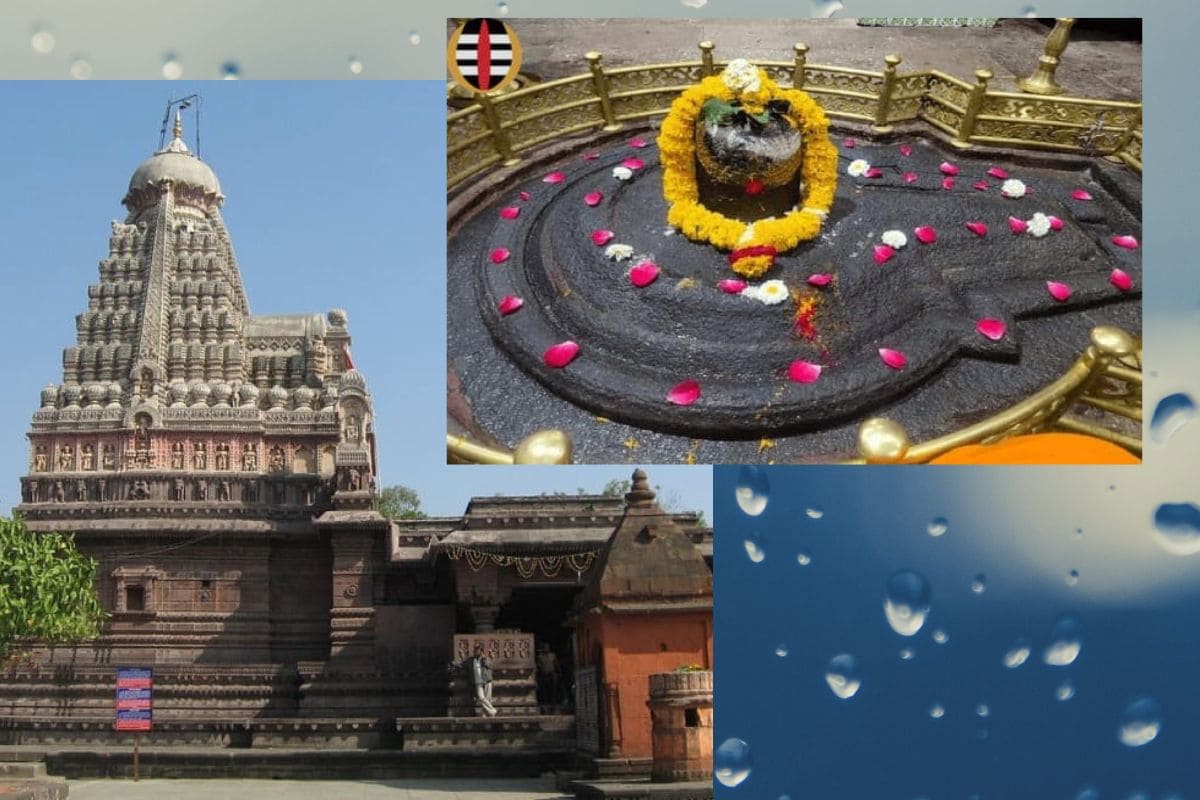
Grishneshwar Jyotirlinga temple history, Significance, location, nearest place
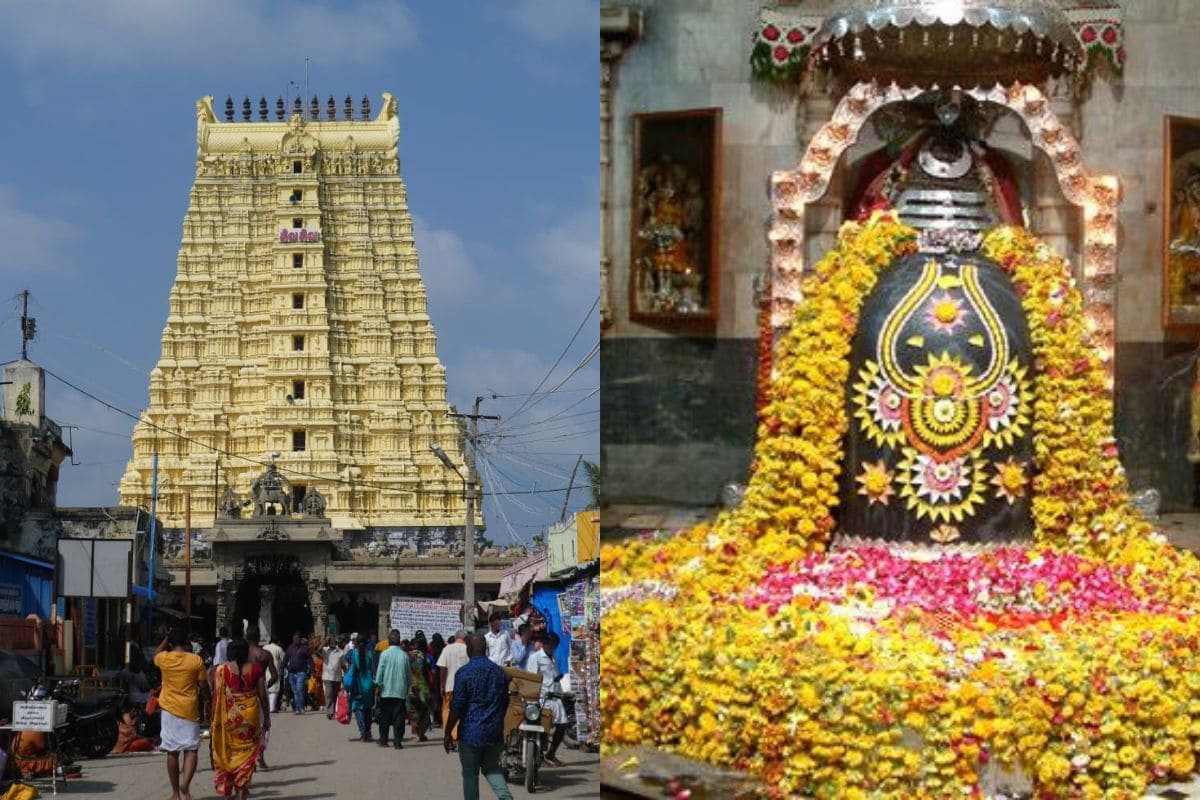
Rameshwaram Jyotirlinga temple history, Significance, location, nearest place
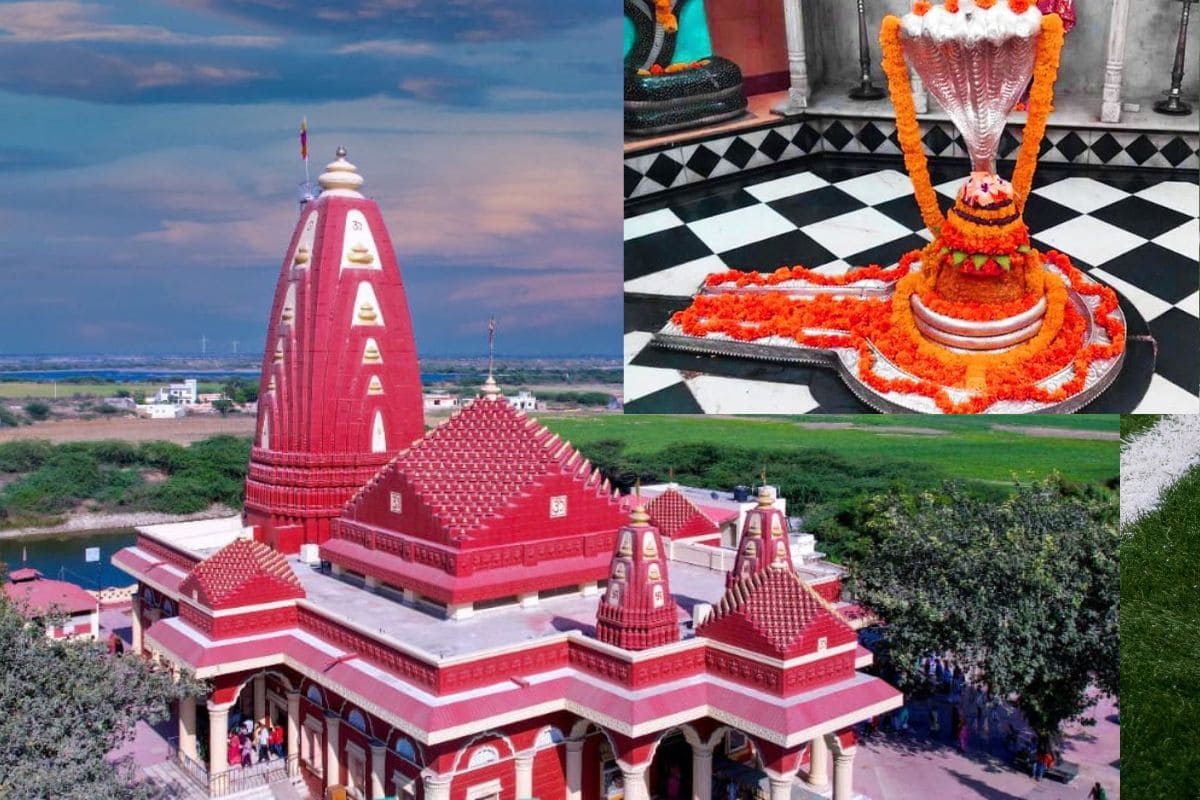
Nageshwar Jyotirlinga temple history, Significance, location, nearest place
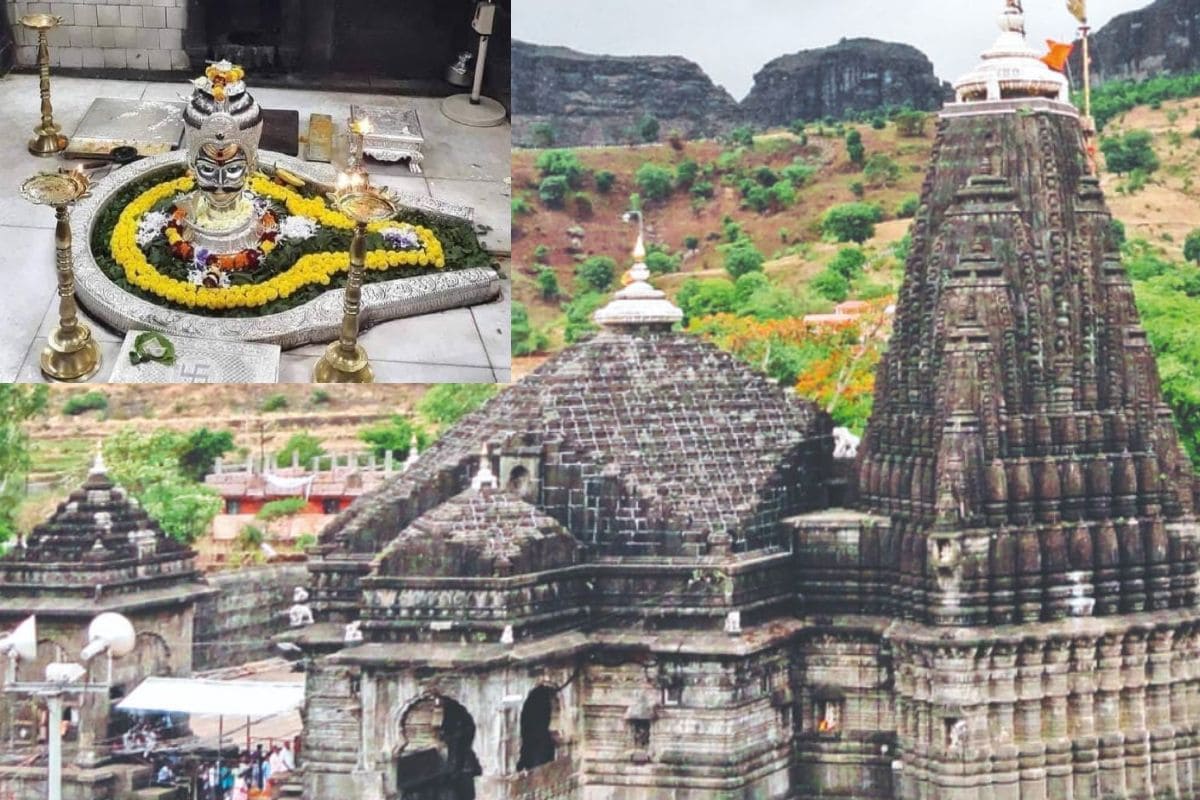
Trimbakeshwar Jyotirlinga temple history, Significance, location, nearest place
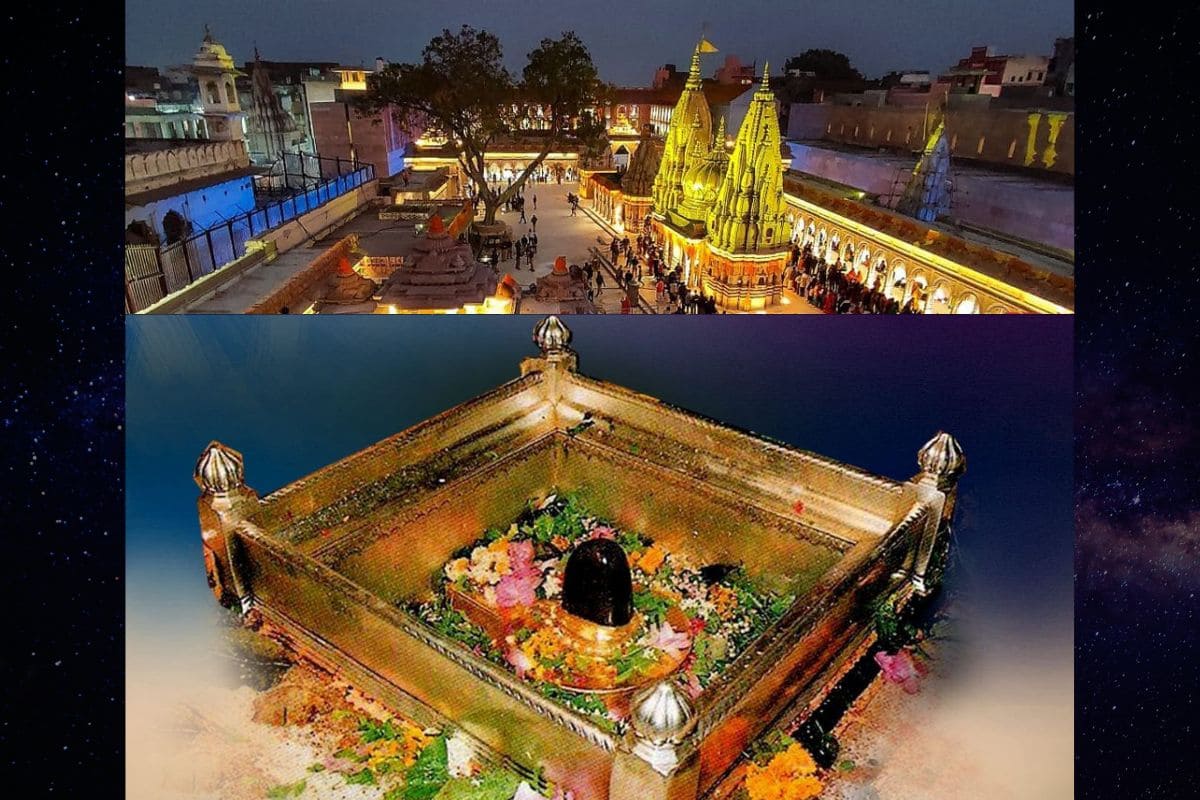
Kashi Vishwanath Jyotirlinga temple history, Significance, location, nearest place
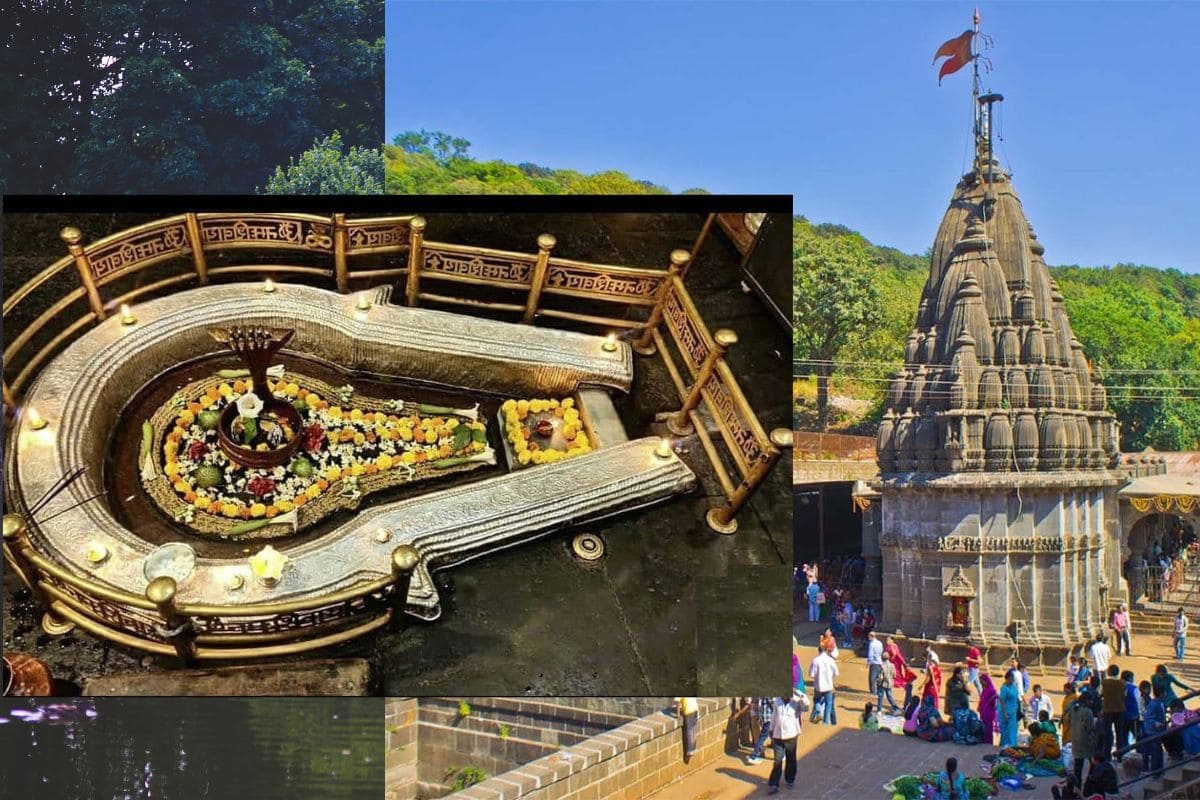
Bhimashankar Jyotirlinga temple history, Significance, location, nearest place
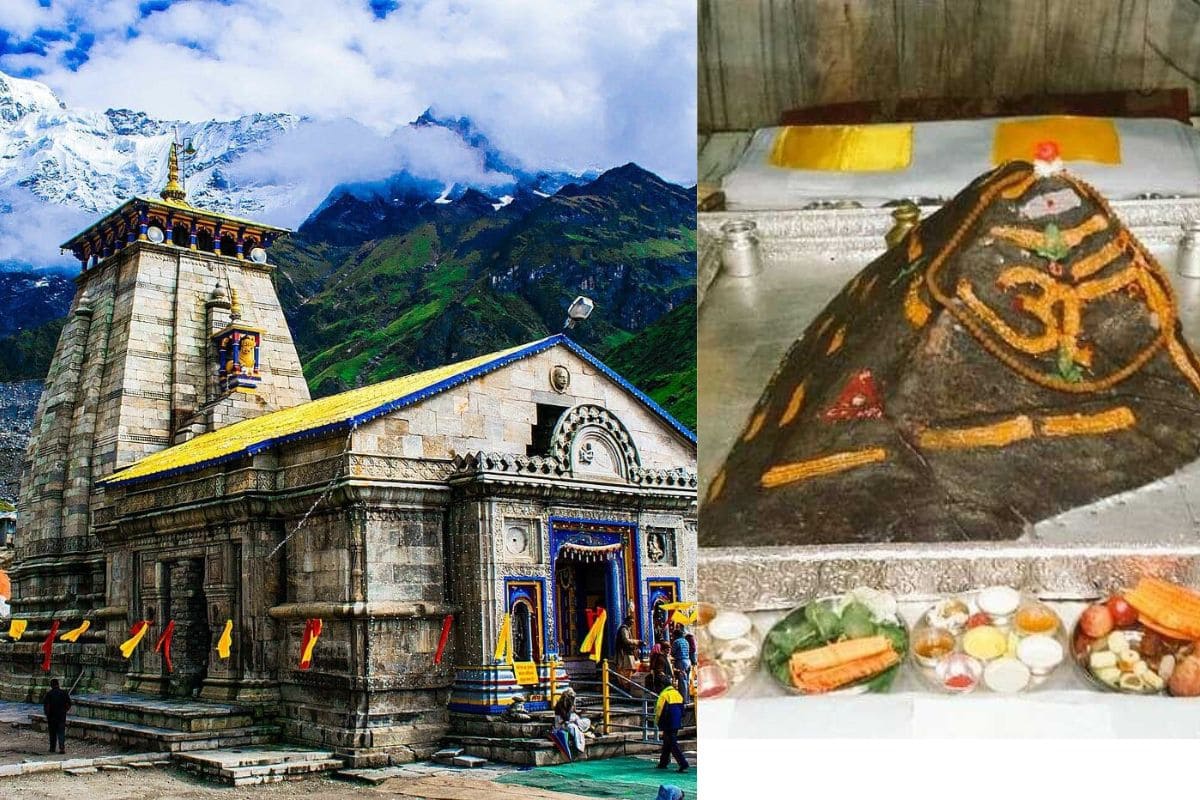
Kedarnath Jyotirlinga temple history, Significance, location, nearest place
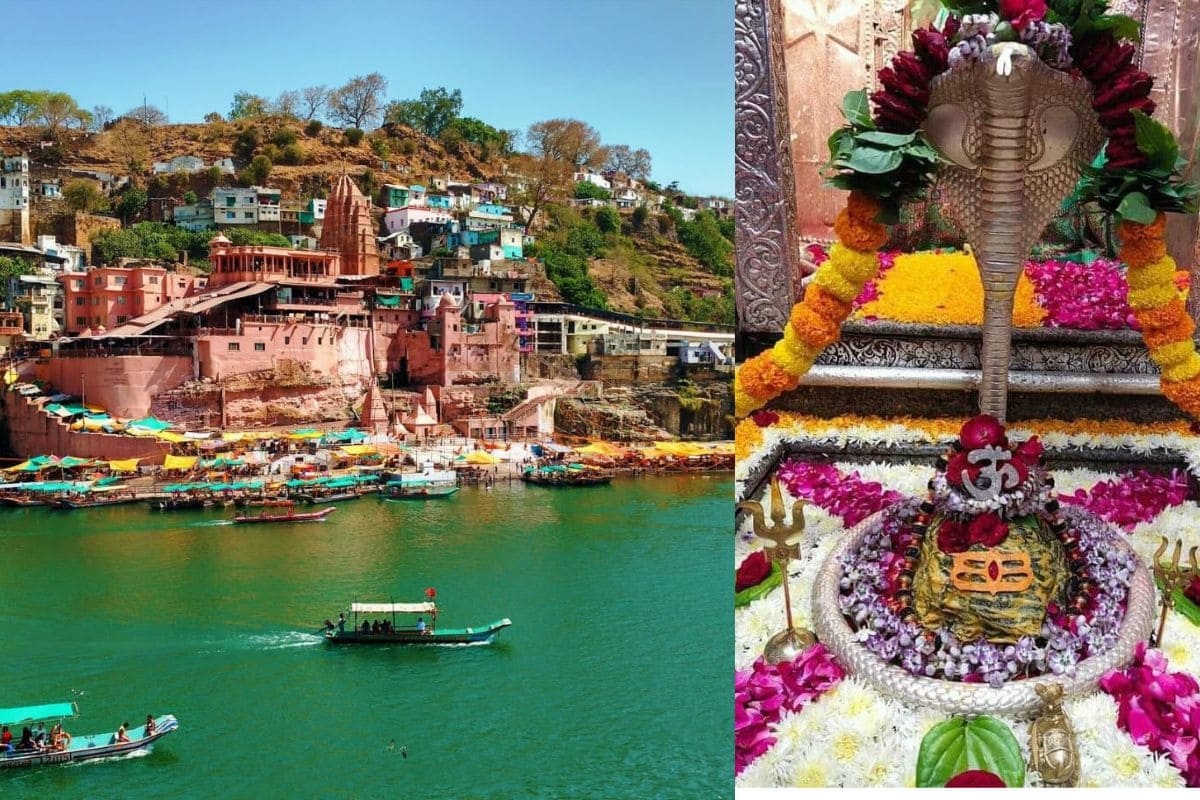
Omkareshwar Jyotirlinga temple history, Significance, location, nearest place
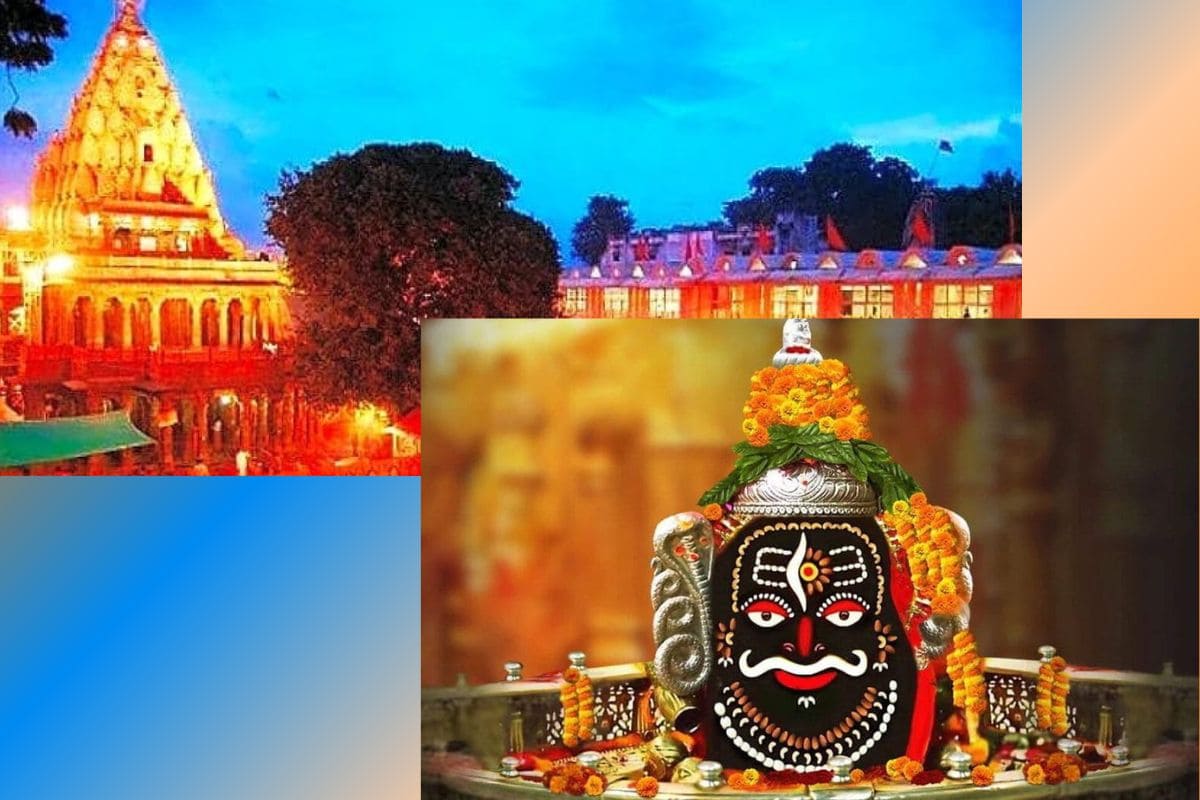
Mahakaleshwar Jyotirlinga temple history, Significance, location, nearest place
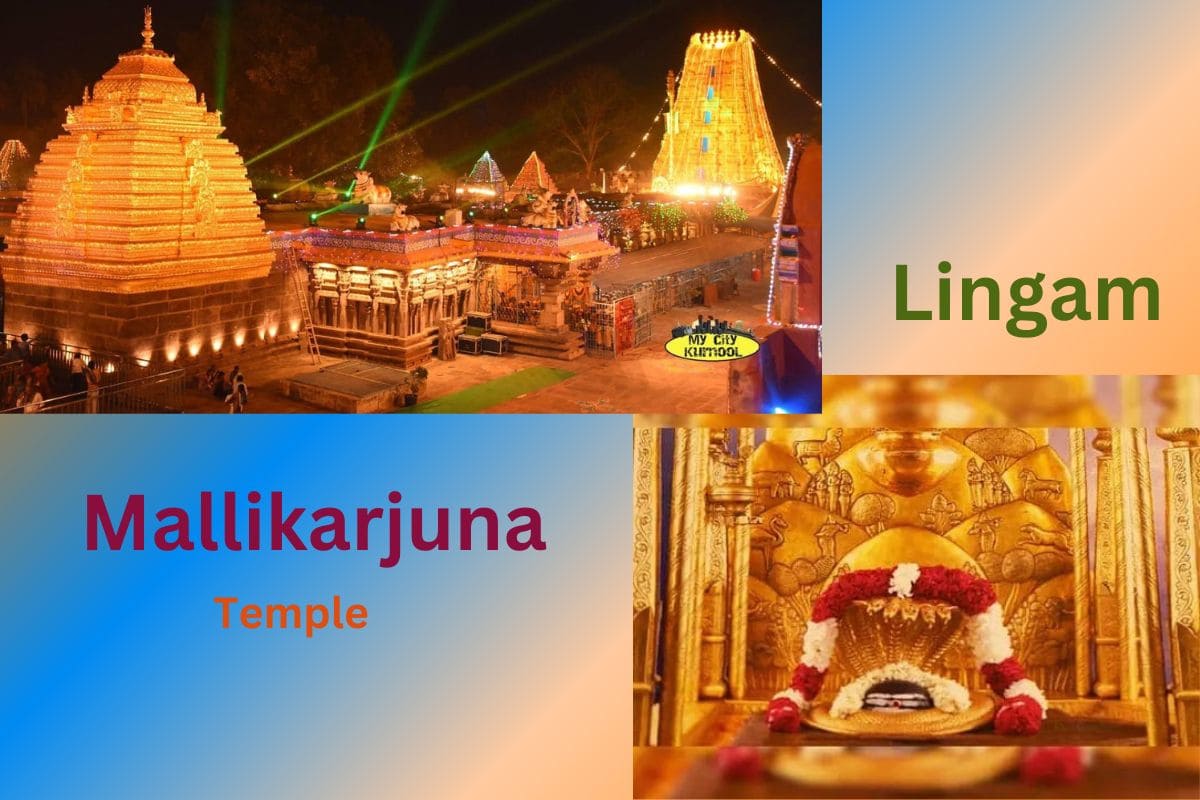
Mallikarjuna Jyotirlinga temple history, Significance, location, nearest place
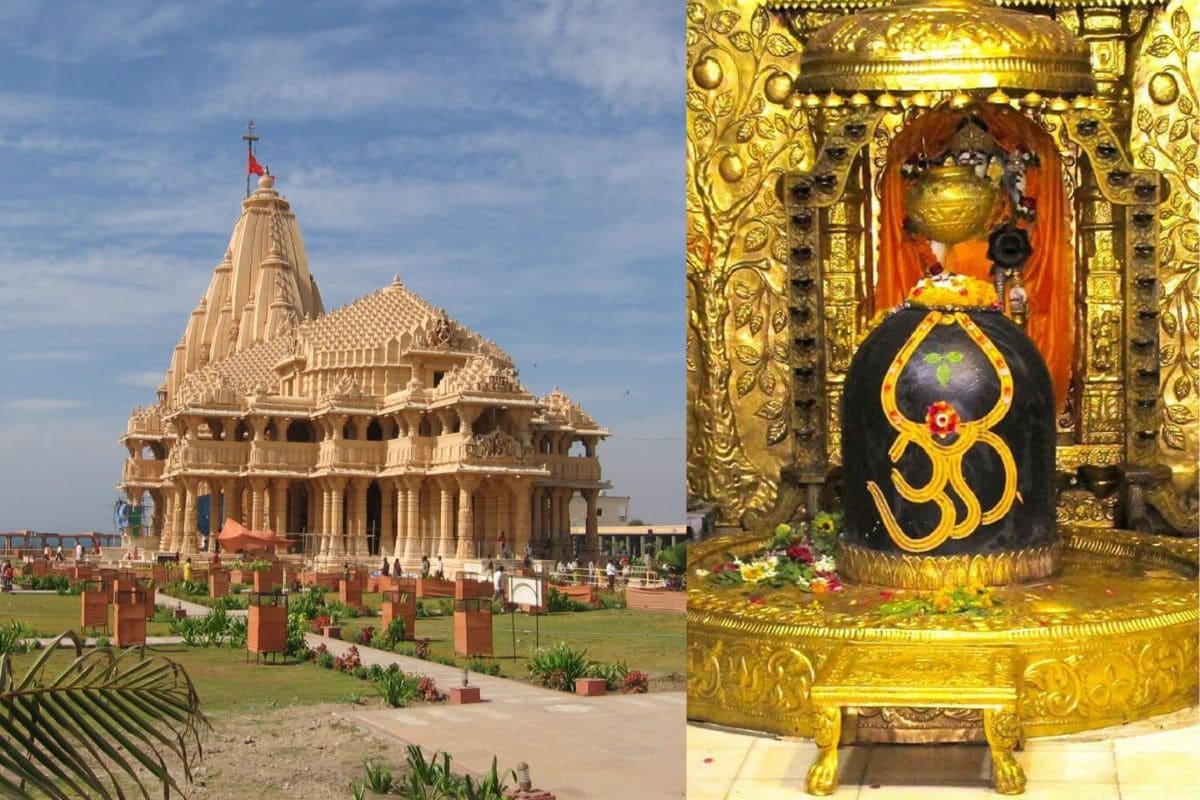
Somnath Jyotirlinga temple history, Significance, location, nearest place
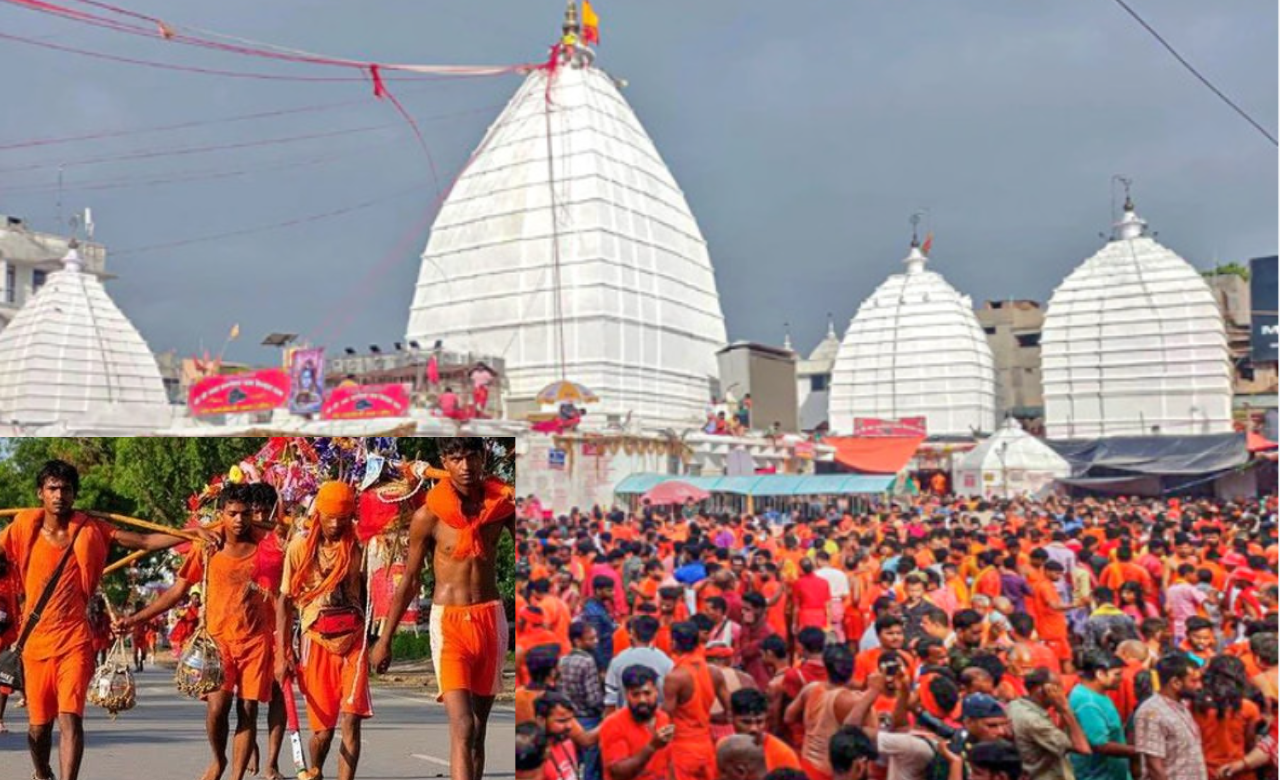
Why the Kanwar Yatra is important in Shravan month?
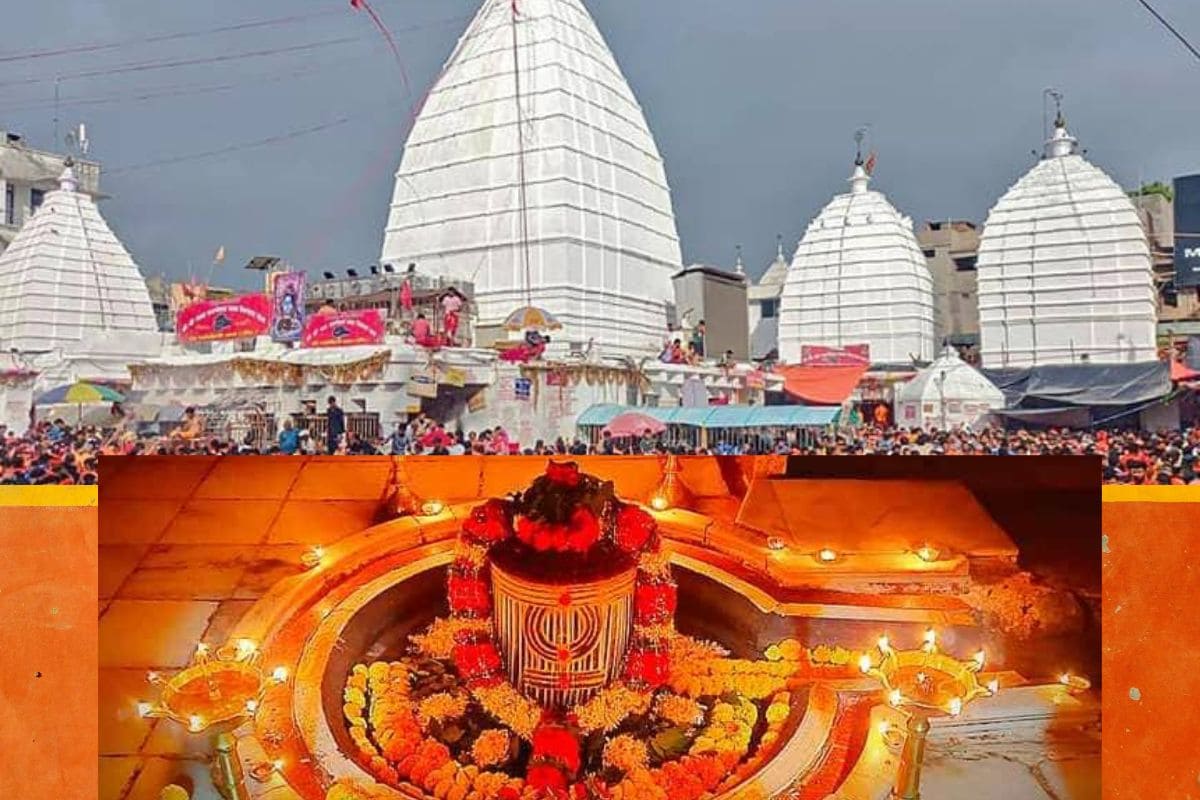
12 Jyotirlingas Name, Place, Location

What is Full stack Developer?

What is Education? Why It’s Important for Everyone’s Success.

100% Get Free Web Hosting and Domain

Typing professional site is real or fake



